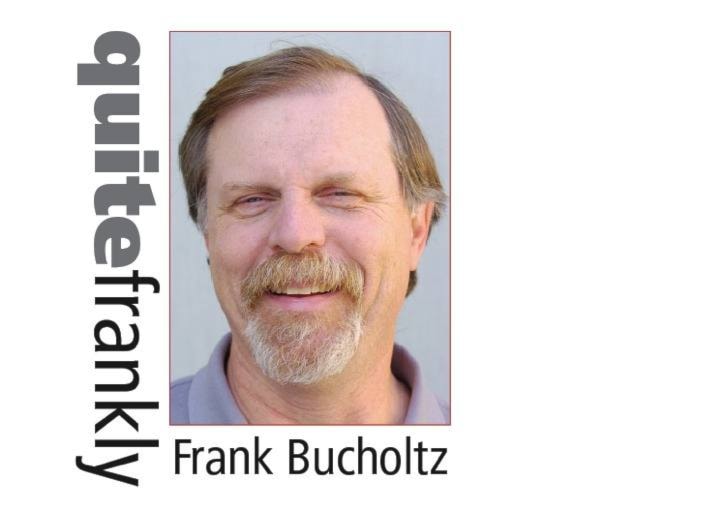Surrey has opened its new city hall in Whalley, which it is optimistically re-branding as Surrey City Centre. Business in the new hall began on Monday.
The completion of the project is a key part of Mayor Dianne Watts’ strategy – to make Surrey as good or better than any city in the Lower Mainland, position it to be B.C.’s largest city one day, and provide services that are geared to its large, multicultural and youthful population.
The new hall will bring together city staff who have been working in five separate buildings, as the former city hall simply could not accommodate all of them. It offers a performing arts space that will also be used for council meetings. It is a signature building in a key part of the city.
And it is built to serve as the city hall for a long time – perhaps as long as 50 years.
On that note, it is interesting that the former city hall has served that purpose for just over 50 years, and its predecessor also served as the municipal hall for 50 years. It seems when Surrey builds city halls, it builds them to last.
The 1912 hall, now the Surrey Archives, cost about $14,000 to build. The original 1962 hall, which underwent many additions and renovations over the years, was initially budgeted at $500,000. Surrey is hoping that leasing it out will help it to recover some of the costs of building the new hall.
Watts has long felt that Whalley would be the best place for the new hall, as it has long been earmarked as the town centre for a larger region, extending beyond Surrey’s boundaries. This designation goes back many years, certainly to before the construction of the first SkyTrain line, which opened in 1986, and was first extended to Surrey in 1990.
Surrey City Centre is far from being the centre of the city.
Making Holland Park more of a venue for big events, and the opening of the Simon Fraser University campus has helped, but the fact remains that many more people live in other parts of Surrey. The Newton area is the most-populated, and populations in Fleetwood, Guildford, Cloverdale and South Surrey have all grown dramatically in the past 20 years.
It seems that the designation of Whalley as the “centre” of the city, when it is located in the far northwest quadrant, is driven as much by SkyTrain and regional plans as it is by actual facts. It may well become the heart of the growing city, but it will never be close to the geographical centre of Surrey.
However, investors have put a lot of money into highrises in that area; the province has invested in SkyTrain and the university campus; and the city has invested in a new library, community centre, Holland Park and now city hall. It all adds up.
Surrey is quite capable of turning Whalley into Surrey City Centre, but it will require an unwavering commitment from council, city staff and residents.
That in turn requires strong leadership from the mayor, business leaders, educators and support from the federal and provincial governments.
“The future lives here,” but that requires strong commitment to make it happen.
Frank Bucholtz is the editor of The Langley Times. He writes weekly for The Leader.
